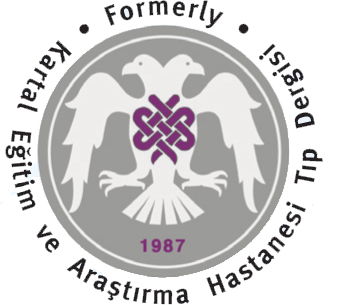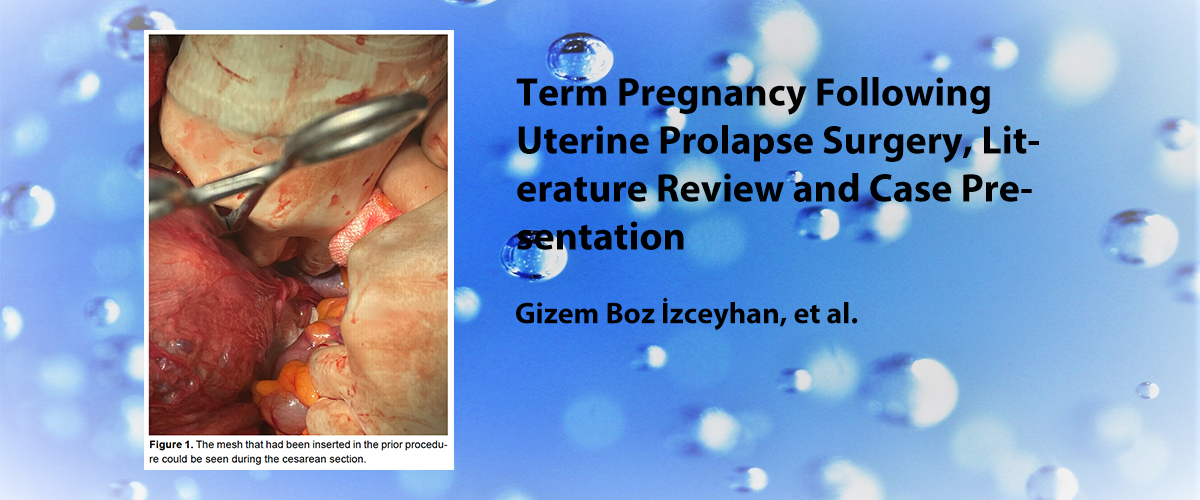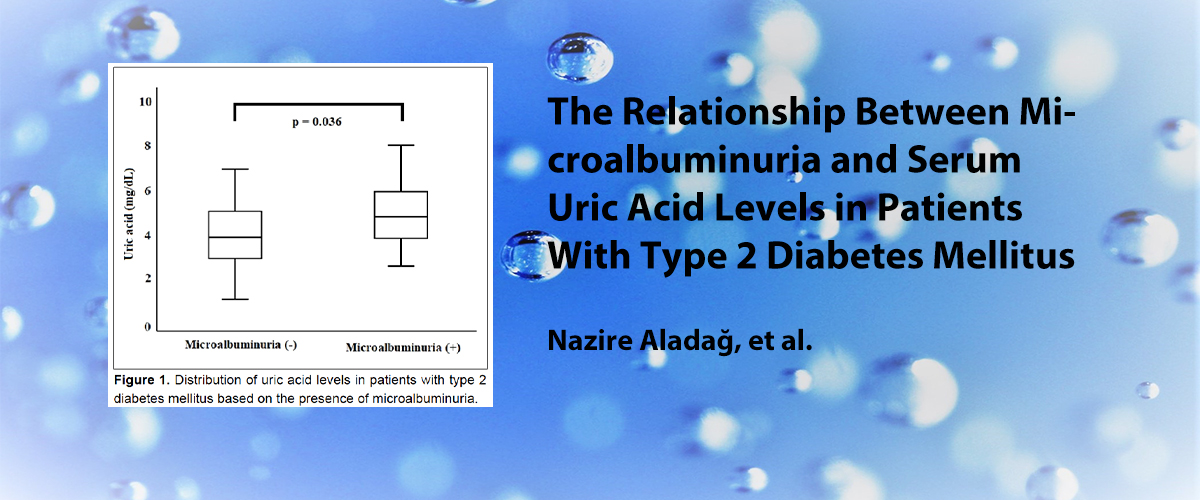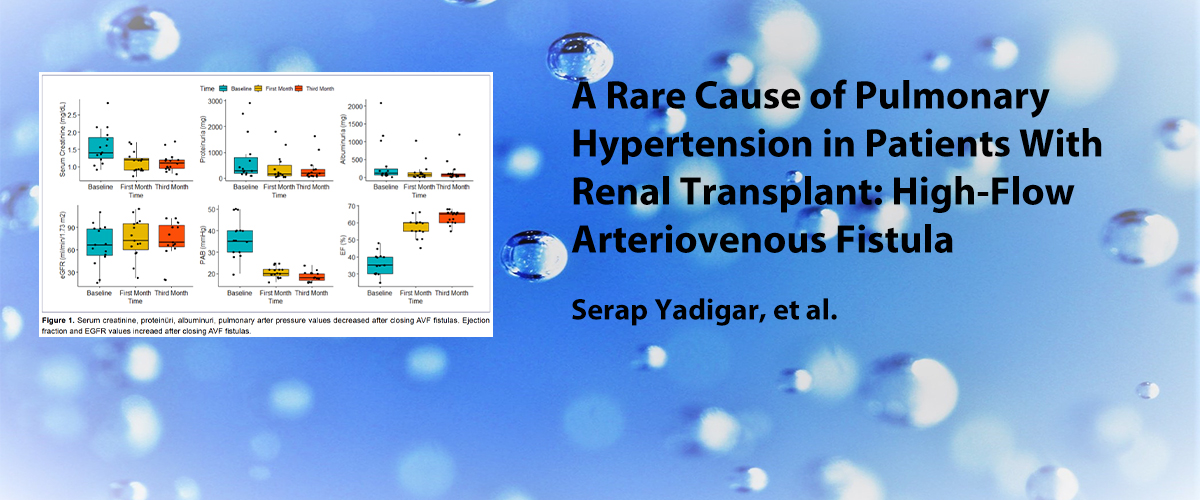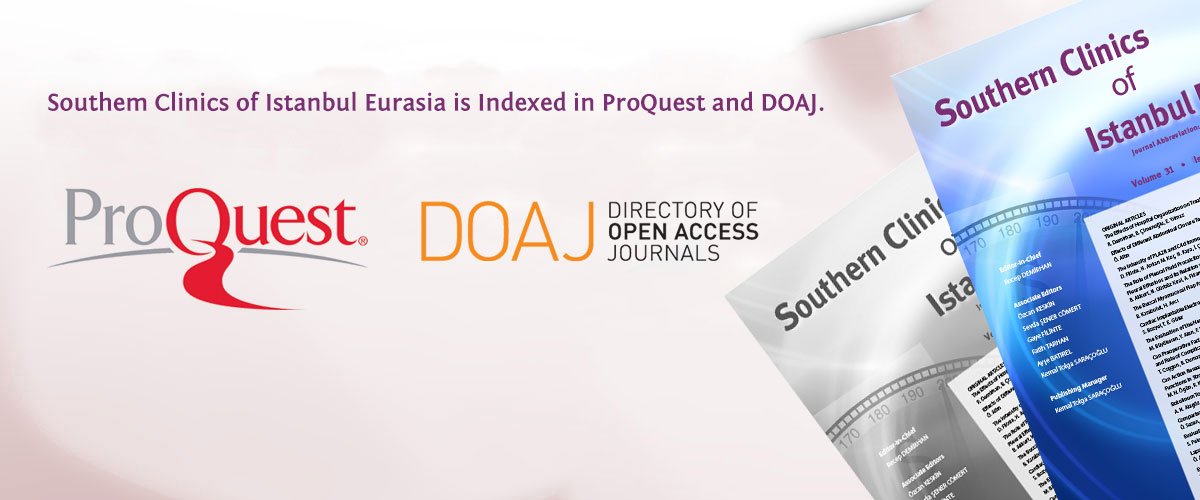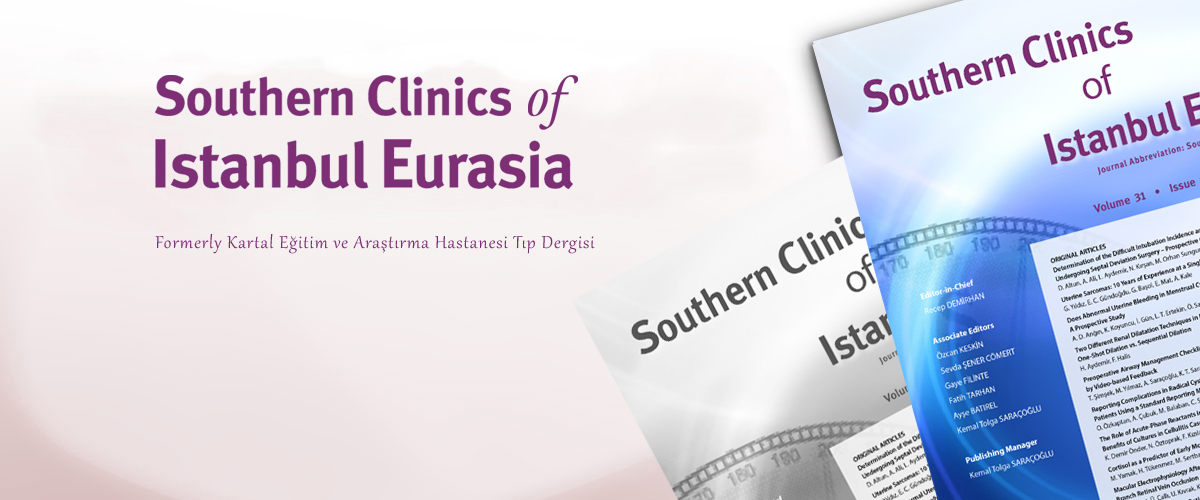ISSN : 2587-0998
Yardımcı Üreme Teknikleriyle Elde Edilen Çoğul Gebeliklerin Perinatal Akıbeti
Zehra Sema Özkan, Remzi Atılgan, Hasine Atlı, Raşit İlhan, Mehmet Şimşek, Ekrem SapmazFırat Üniversitesi Tıp Fakültesi Kadın Hastalıkları Ve Doğum Anabilim DalıAMAÇ: Yardımcı üreme teknikleri (YÜT) ile elde edilen çoğul gebeliklerin, spontan çoğul gebeliklerden perinatal özellikler bakımından bir fark gösterip göstermediğini araştırmayı amaçladık.
YÖNTEMLER: Bu retrospektif kesitsel çalışmada 2010-2013 yılları arasında doğum yaptırılan 54 çoğul (53 ikiz, 1 üçüz) gebelik vakasının perinatal özellikleri incelendi.
BULGULAR: Ortalama anne yaşı, gravida ve parite sırasıyla 29.5±5.8 yıl, 2.1±1.7 adet ve 1±1.7 adet idi. Gebeliklerin %68.5 i spontan, %25.9 u intrasitoplazmik sperm injeksiyonu-embriyo transferi (ICSI/ET) sonrası ve %5.6 sı intrauterin inseminasyon sonrası idi. Vakaların %35.2sine tokoliz ve %50sine prepartum betametazon uygulandı. YÜT çoğul gebeliklerinde uygulanan tokoliz oranı, spontan çoğul gebeliklerden yüksek idi (%58.8 vs %24.3, p=0.01). YÜT çoğul gebeliklerinde diyetle regüle gestasyonel diabet oranı yüksek ( %17.6 vs %2.7) iken; tiroid disfonksiyon oranı ise daha düşük (%5.9 vs %13.5) idi.
SONUÇ: Bizim çalışma popülasyonumuzda YÜT çoğul gebeliklerinde preterm eylem gelişme riski, spontan çoğul gebeliklere kıyasla daha yüksek oranda gözlendi.
Perinatal outcomes of multiple pregnancies after assisted reproductive technology
Zehra Sema Özkan, Remzi Atılgan, Hasine Atlı, Raşit İlhan, Mehmet Şimşek, Ekrem SapmazFırat Unıversıty School Of Medıcıne Department Of Obstetrıcs And GynecologyOBJECTIVE: To investigate the difference between the perinatal outcomes of multiple pregnancies according to methods of conception: spontaneous versus assisted reproductive technology (ART).
METHODS: This retrospective cross-sectional study was conducted with 54 multiple pregnancies (1 triplet, 53 twins) whom were delivered between 2010 and 2013. Perinatal characteristics of all cases were collected from patient files and delivery records.
RESULTS: The mean maternal age, gravida and parity number of all women were 29.5±5.8 years, 2.1±1.7 and 1±1.7 respectively. The conception route of pregnancies were as follows: 68.5% with spontaneous conception, 25.9% with intracytoplasmic sperm injection- embryo transfer (ICSI/ET) and 5.6% with intrauterine insemination. Tocolytic medication was applied to 35.2% of pregnants and antenatal betamethasone was applied to 50% of cases. The rate of tocolytic medication was higher in ART multiple pregnancies than in spontaneous conception (58.8% vs 24.3%, p=0.01). While the rate of gestational diabetes mellitus was high (17.6% vs 2.7%), the rate of thyroid dysfunction was low (5.9% vs 13.5%) in ART multiple pregnancies.
CONCLUSION: In our population, the risk of preterm labor was significantly high in multiple pregnancies after ART compared to spontaneous multiple pregnancies.
Sorumlu Yazar: Zehra Sema Özkan, Türkiye
Makale Dili: Türkçe

